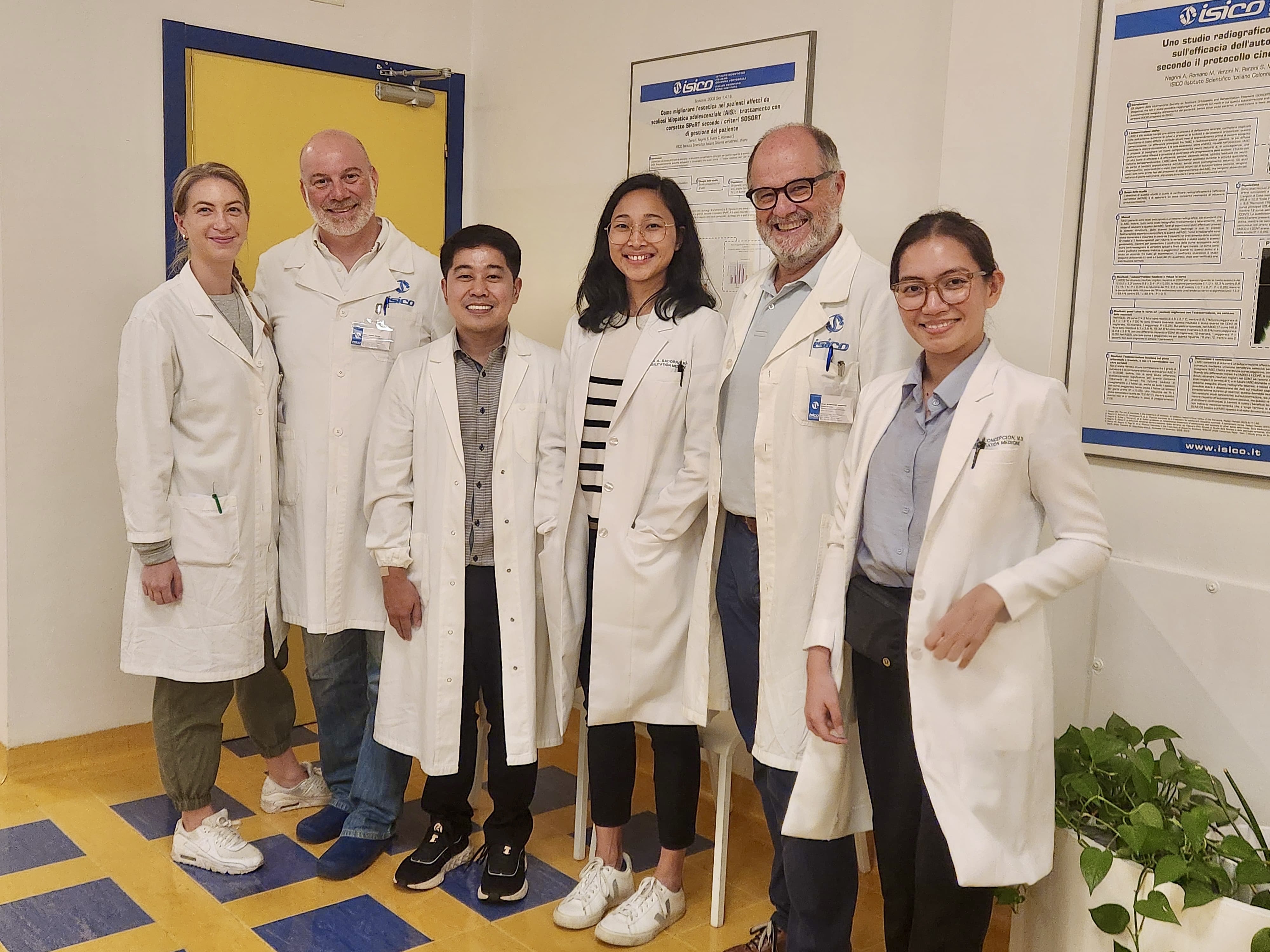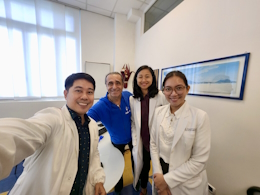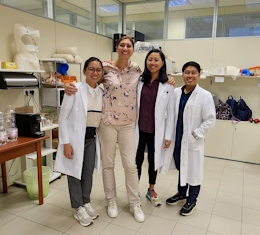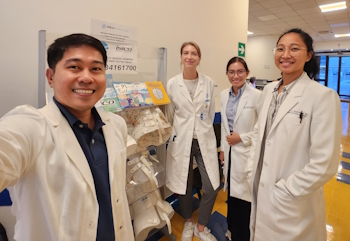The interview
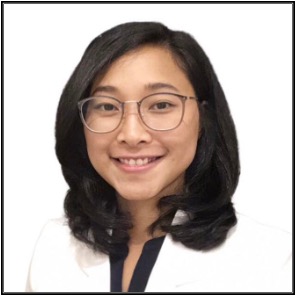
Sihaya Sadorra, The Philippines
What is your profession?
I am a Physical Medicine and Rehabilitation specialist.
How is the rehabilitation treatment of spine diseases managed in your country?
In the country's most ideal set-ups, spine diseases are managed with a team approach. The team usually consists of a spine surgeon, PM&R specialist, physical and occupational therapist, orthotist, nurse, psychologist, and social worker. Unfortunately, these set-ups are concentrated in the big cities, and for that reason accessible specialized care is not distributed uniformly.
Scoliosis: how is it treated?
We aspire to follow the SOSORT guidelines despite being a low-income country. A number of patients who are advised surgery end up pursuing conservative care due to financial constraints and apprehension towards a surgical approach. There are a few available rigid braces here, but one of the most common is a Boston-type brace. Milwaukee braces are still prescribed in the absence of rigid braces for upper thoracic curves. Soft braces are also available but are expensive, which deters a lot of patients. There are only a number of orthotists who have been trained to produce a Cheneau brace, and as far as I know, none of them are very rigid. The national health system can cover a portion of the cost of the brace if patients seek consultation with a government institution. In private institutions, patients shoulder the whole cost if they have no insurance.
What aspects of actual clinical practice would you like to see improved in your country?
Incorporating scoliosis screening in public health programs may help catch idiopathic scoliosis early and identifying and treating patients early can help improve outcomes. It would be beneficial to patients if there were more centres that offered a team approach to more specialised care. Information dissemination about the condition can also help increase knowledge and debunk rampant myths about pathogenesis and treatment.
How did you come to know ISICO?
Through their online master course, which was recommended by a colleague.
Why did you register for the Isico online course PPSCT?
I wanted to update my knowledge and clinical practices on the conservative management of scoliosis and I appreciated ISICO’s evidence-based, patient-tailored, team approach.
What do you believe you can learn from this course, and how can you use the new concepts in your regular clinical work?
This course teaches a lot of theoretical and practical concepts that help me engage in more in-depth discussions with patients and their families about prognosis, options for management, complications, and meaningful outcomes. It has also helped me gain more confidence in clinical decision-making. The discussion groups and encouragement of the faculty to back comments with studies encouraged me to read the literature on various aspects of scoliosis and to evaluate and critique research, and this has led me to gain more confidence in this area as well.
Since I practice at a training institution, these have been very helpful to me in guiding resident doctors. Aside from equipping its participants with the latest knowledge regarding scoliosis, the course enables them to actively seek evidence-based answers on their own and discuss ideas with colleagues from around the world. I feel that my "scoliosis worldview" is expanding because of exposure to how scoliosis is managed in different countries, and consequently, the standards I am striving for to provide better specialised care have been defined more clearly.
What makes this course different from other education courses?
This course encourages a lot of discourse among participants regarding various aspects of scoliosis management and consequently, you can learn not just from the lecturers but also from the knowledge and experiences of your colleagues. Since those who enrol are from different countries, this course can really broaden your perspective on scoliosis. I am really satisfied with what I have learnt from the course
If you had to recommend it, what would you say?
The course will definitely help you have a more nuanced understanding of scoliosis as it will familiarize you with the current literature, standards, and approaches to managing scoliosis. This will not only increase your knowledge but will improve the way you make decisions and converse with patients and their families as well as with other members of your team.
Write some lines about your visit to the ISICO clinic in Milano.
My visit to the Milano ISICO clinic was very fruitful. We were able to observe clinical visits, physiotherapy sessions, and brace checkouts. It was assuring and educational at the same time — assuring because in some aspects, I saw similarities with practices in my country; educational because I saw where our practices could improve to be closer to the ideal care. It was great timing to conclude the course there as I was able to actually see what was discussed and taught and how efficiently and compassionately the staff manages its patients.
